The map above shows the distribution of Celtic language speakers in Europe in the early 21st century.
In order of the number of speakers they are:
- Welsh: 562,000 speakers (2011) – 19.0% of Wales population
- Breton: 210,000 speakers (2007) – 6.7% of Brittany’s population
- Irish (Irish Gaelic): 94,000 regular speakers (2011) – 1.5% of Ireland (including NI) population. Note while Irish is the National Language in the Republic of Ireland, it is the second most widely spoken language there. However, around 1,000,000 people can speak Irish as a second language in the Republic.
- Scottish Gaelic: 57,000 speakers (2011) – 1.1% of Scotland’s population
- Manx: Extinct (1975) – 1,650 revival speakers – 1.9% of Isle of Man’s population
- Cornish: Extinct (1800) – few hundred revival sepakers – less than 1% of Cornwall’s population
To learn more about Celtic languages and the Celts have a look at:
- The Celtic Languages (Routledge Language Family Descriptions)
- The Discovery of Middle Earth: Mapping the Lost World of the Celts
- Complete Gaelic with Two Audio CDs
Enjoy this post? Please help us by sharing it:

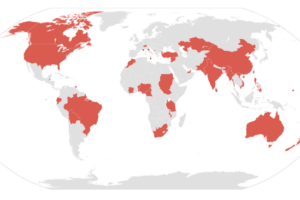
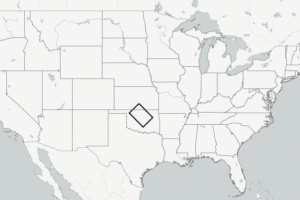
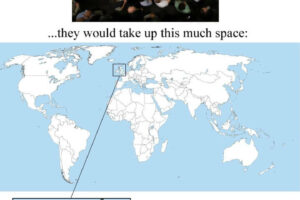
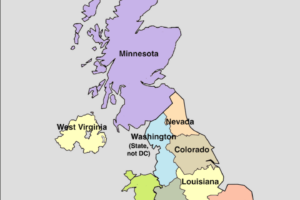

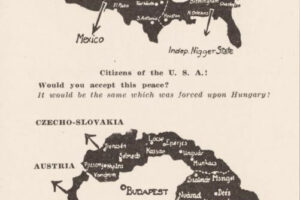
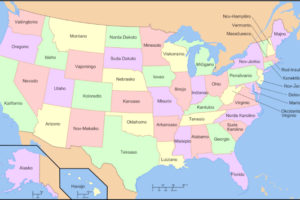
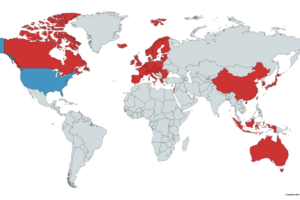
Steve Ryan says
I wish it not to be so, but I don’t think Celtic will last into the 22nd century. Possibly Welsh, but no others.
K. Kelly Meine says
Irish is getting pretty hardy support from the Republic’s government.
Caroline says
I don’t agree.
Breton (and other French regional languages) are currently benefiting from a surprisingly huge popularity as people are rediscovering their traditions and local cultures (a counter-reaction to globalization, the EU, and americanization).
Breton, Provençal, Occitan etc. are regionally taught in schools, and gather more and more students as young as toddlers.
So there’s hope!
user says
Most language revival efforts of languages have failed; In fact, only 1 has suceeded till date.
Alluvial de Venois says
Just curious as Basque is technically a Celtic language and in Europe why was it not included? Is it because of it’s polaris differences in structure?
K. Kelly Meine says
Basque is a language isolate, not a Celtic language. It’s likely a language from before the Indo-European people came into Europe. Almost all other modern European languages (including the Celtic languages) are Indo-European in origin.
Bruno says
Basque is NOT technically a celtic language. Some scholars think it is, others think it’s a local language pre-existing in the area long before the Celtic cultures arrived to there. The most accepted theory, as far as I know, is the second one.
Brendan says
No scholars have ever proposed that Basque was a Celtic language. It’s been accepted that the Celtic languages are Indo-European since William Jones noticed the similarities between European languages and Indo-Aryan languages in the 18th century. Basque, on the other hand, has not been successfully linked to any other language family.
Miriam Cormier says
Missing the Scottish Gaelic speakers in Nova Scotia and the Patagonian Welsh, at least.
kevrenor says
Kernewek nyns you marow
Galloglass says
“Scottish and Irish” Gaelic are essentially the same language (Manx too). There should be an effort to “standardize” spelling and vocabulary to strengthen the revival……Only Hubris prevents this from happening.
Tapadh libh.
Michael von Siegel says
That is an incredibly inaccurate statement, Galloglass. There is little mutual intelligibility between IG, SG, and Manx. They were all the same language one to two thousand years ago. Irish made a standard spelling back in the 1940s, whereas Scottish Gaelic did not. Manx spelling is heavily phonetic, based on English phonetics. But to suggest all 3 languages are “essentially the same language” is ludicrous! Please educate yourself before making such absurd statements!
Pilib Macbloscaidh says
No it is not. Your statement involving the use of the word ‘ludicrous’ is itself ludicrous and so impassioned that one might wonder why?. I suppose you are an academic (with a German name?hmmm?) commenting on matters of heart and pride. I understood his last words there and i also understood farmers i met in the highlands when i was hiking there, and my Irish Gaelic was learnt from books and talking with a native speaker on a few rare occasions in a Tyneside cafe?
David Fairful says
Interesting looking at the maps that the majority of places showing language revival are predominantly on the West Coast areas of Scotland, Ireland, England. Wales has to also be included as West Coast of Britain.
Just an observation.
Eilian Williams says
No.The Irish could collectively,more properly be called west Brits because of their abandonment of the language
Bernard Gestin says
Why this “hole” (in the extent of language speakers) on the South side of the coast of Brittany around An Oriant and up : this is totally false.
Ben Neill says
This map appears to include only primary (first language) Irish speakers but the map includes anyone who can speak Welsh whether it’s a primary or secondary language. If true, this seems to be a skewed comparison.
Geraldine McCarthy says
There are other Irish speaking areas, Gaeltacht areas in Meath, Waterford and Clondalkin in Dublin just off the top of my head. Schools that educate solely through Irish are on the increase.
phil macbhloscaidh says
marry me 😉 you are a breath of fresh air- is maith sin.
Dean says
This is bizarre.
Irish is a compulsory subject and the first language of the Irish state.
Yet everyone who can so much as say three words in Welsh is chalked down as a Welsh speaker, while the 1.6 million Irish speakers of some degree have been siphoned off and only the 94,000 who speak Irish as a first language added?
Irish is the only Celtic language guaranteed by it’s state as a compulsory subject, as such it has no danger of ever dying out unlike all the other Celtic languages. As each school year another 60K kids are introduced to the language, of whom 3-5% will become fluent by the end of their school years (typically those who attended Irish medium schools) but another 20% will have it to B2 level as a secondary language (those who attend Gaeltacht courses in the summer).
This seems more weird British skewing of Irish figures.